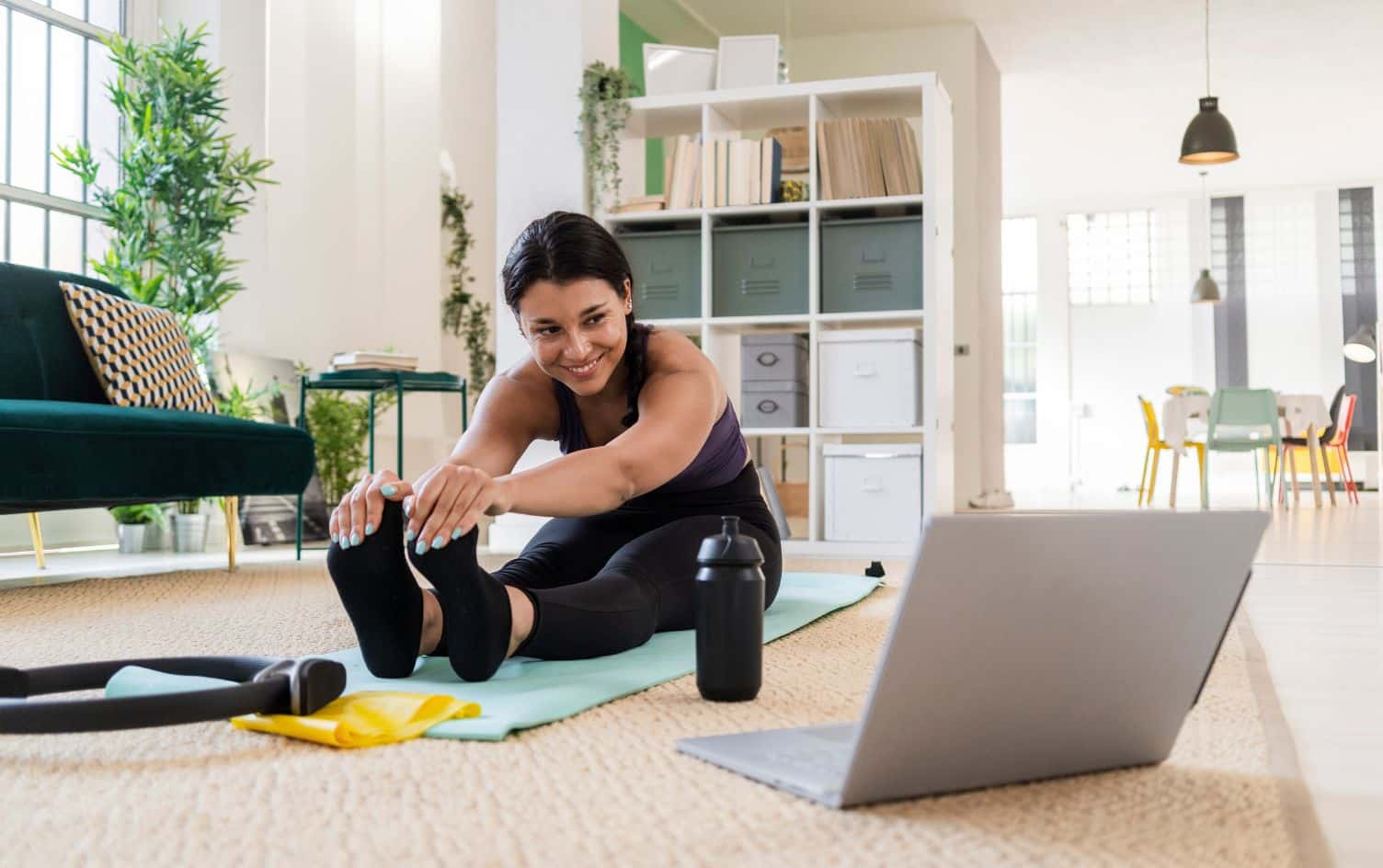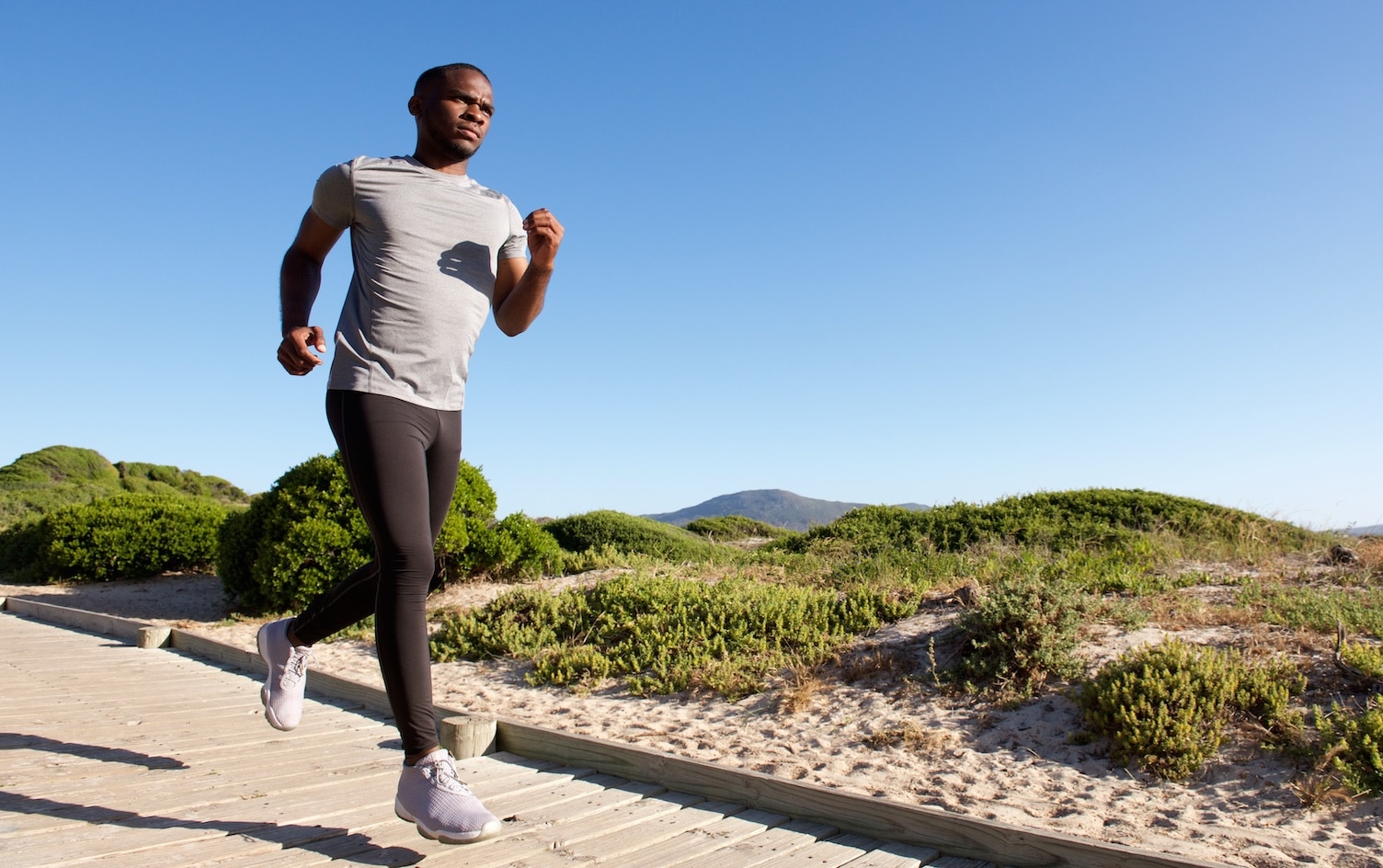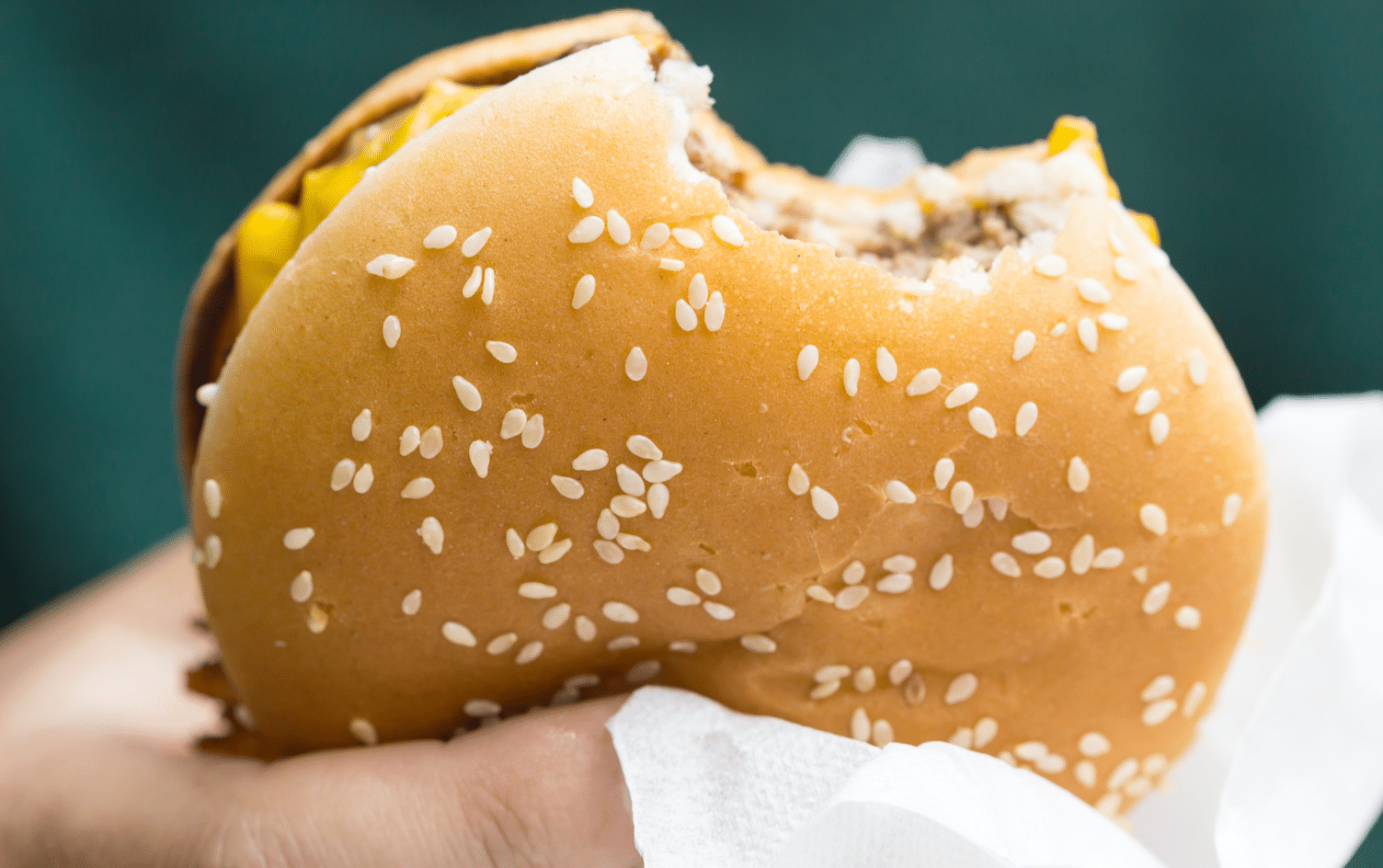There are so many great reasons to make stretching a regular part of your routine: It’s relaxing, it improves flexibility and range of motion, and it can prepare your muscles and joints for your workout of choice.
That is, so long as it’s done right.
Unfortunately, there are several stretching mistakes that could make your stretch session ineffective at best and harmful at worst.
Here, five common stretching mistakes — and how to fix them:

At one time, it seemed everyone was holding static stretches before their workout. Now, research and experts alike are cautioning exercisers against stretching their muscles while they’re still cold, as it can not only limit your performance, but “it may increase your risk of muscle strain,” says Lauren Loberg, doctor of physical therapy and board-certified clinical orthopedic specialist with TRIA Orthopaedic.
In fact, stretching pre-workout can decrease lower-body strength during your workout by more than 8%, according to research published in the Journal of Strength & Conditioning Research. Researchers speculate that lengthening your muscles when they’re still cold can limit their potential to fire efficiently. And if you’re lifting heavy or performing explosive movements (i.e., sprints, vertical jumps, jump squats), you need your muscles to fire efficiently.
The fix: If static stretches are still part of your pre-workout routine, it’s time to make the switch to dynamic stretches. Save the static stretches for after your workout.
Unlike static stretches, which are passive and held for longer periods of time, dynamic stretches are active and use movement to bring about a stretch. This helps warm up your muscles and gets your joints used to moving in their full range of motion. A few examples of dynamic stretches include lateral lunges, single-leg deadlifts (bodyweight-only) and cat-cow.

“For an effective stretch, you should be able to relax into it,” Loberg says. However, many people try to force a stretch, which is not only unpleasant, but can lead to muscle strain.
“A muscle at its end range is the weakest,” says Blake Dircksen, DPT, a certified strength and conditioning specialist and physical therapist at Bespoke Treatments in New York. Think of a biceps curl: Your muscle is strongest when your elbow is bent 90 degrees, and weakest when it’s extended or flexed. “If you were to stretch at one of those end ranges where you’re weak, you’re at a higher risk for straining yourself.”
The fix: Ease into the stretch. “If you’re clenching [your teeth] or changing your breathing pattern, back off,” Loberg says.

If you’re stretching like crazy but the tightness never seems to improve, you may simply need to work on strength. “At times, tight muscles may just be weak muscles that are holding tone,” Loberg says.
As an example, hip flexors (a group of muscles that help you bend your knee toward your body) are notorious for being tight and weak. It might feel good to stretch your hip flexors, but without proper strength, you may not gain flexibility, Loberg says.
The fix: If stretching isn’t helping you gain flexibility, focus on strengthening the area in question. After stretching, perform some light strength exercises. For hip flexors, great strengthening options include standing marches in place (make these slow and controlled and focus on lifting your knee through its full range), banded marching hip bridges and lunges.

Overstretching a muscle group can create imbalances in flexibility, which can affect both posture and joint stability. For example, overstretched hamstrings paired with tight hip flexors can lead to poor positioning of your pelvis over your hip joint. “An example of this posture can be seen in some dancers and gymnasts who stand with an arched low back from tight hip flexors and long hamstrings,” Loberg says. “This [posture] can irritate the hip and also lead to poor core stabilization.”
The fix: Check the opposing muscle group. “If stretching the front of your leg, check the flexibility in the back of your leg,” Loberg says. Similarly, if you’re stretching your upper back or shoulders, stretch out your chest. Doing glute stretches? Stretch your hip adductors (the muscles in your groin that pull your legs together).

Stretches need to be held for a period of time in order to lengthen, Dircksen says. Try to rush things and you’ll miss out on the benefits.
The fix: Ease into and hold stretches for 90 seconds before releasing, Dircksen says. Repeat for another 90 seconds for 4–5 sets total. “That’s what you need to see that change in range of motion,” Dircksen says.




